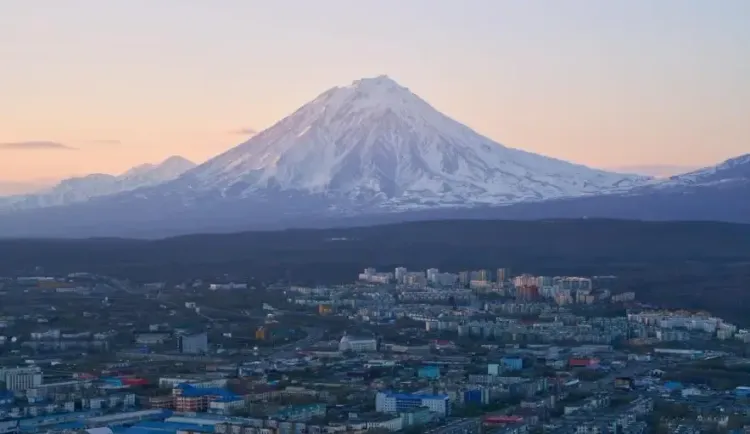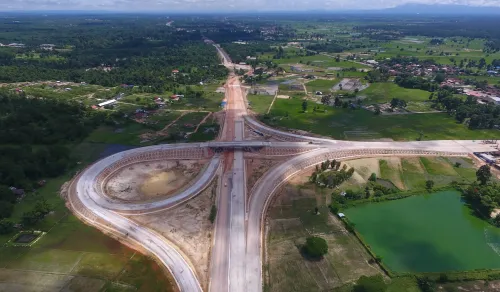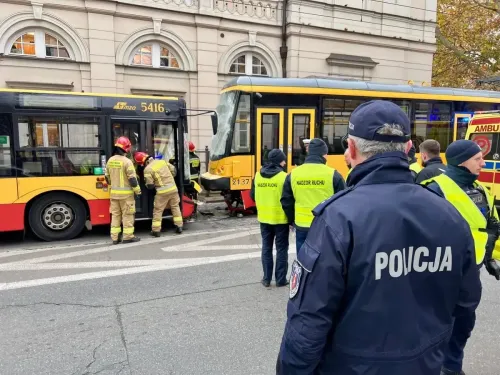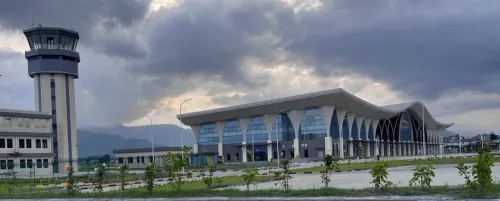What Caused the Recent Eruption of the Kronotsky Volcano in Russia?

Synopsis
Key Takeaways
- Kronotsky volcano erupted, sending ash 9.2 km into the atmosphere.
- A red aviation colour code was issued due to safety concerns.
- Experts noted that this volcanic activity is rare.
- The last similar event occurred in 1737.
- Authorities are urging caution for nearby residents.
Vladivostok, Oct 4 (NationPress) The Kronotsky volcano, located on Russia's Kamchatka Peninsula, erupted on Saturday, releasing ash that reached a staggering height of 9.2 kilometers above sea level, according to local authorities.
The eruption took place at 11:50 a.m. local time (2350 GMT Friday), resulting in an ash plume that extended approximately 85 kilometers towards the south and southeast of the volcano, as reported by the Kamchatka Volcanic Eruption Response Team via their Telegram channel.
A red aviation color code has been issued due to the elevated risks posed to both local and international air traffic, according to Xinhua news agency.
Situated around 225 kilometers from the regional capital of Petropavlovsk-Kamchatsky and 10 kilometers east of Lake Kronotskoye, the Kronotsky volcano is a significant geological feature in the area.
This eruption follows a remarkable period where six volcanoes erupted in the Kamchatka Peninsula just a few months prior, an event scientists deemed quite rare.
“Based on our records, the last instance of such extensive volcanic activity in Kamchatka was in 1737, triggered by a magnitude-9 earthquake,” stated Alexey Ozerov, the director of the Institute of Volcanology and Seismology at the Far Eastern Branch of the Russian Academy of Sciences, as reported by TASS.
Ozerov suggested that the powerful seismic event on July 30 might have reawakened many of the region's dormant volcanoes.
Yury Demyanchuk, head of the volcanology station in Klyuchi, mentioned that he has never witnessed such widespread volcanic activity in his 50 years of experience in Kamchatka.
“At Krasheninnikov Volcano, both summit and central eruptions have been observed simultaneously, which could indicate intense internal seismic activity. I last monitored Kambalny Volcano in 1979, and while it has remained quiet for decades, it should not be dismissed as extinct,” Demyanchuk added.
He also noted that the last known eruption of Krasheninnikov likely took place in the 15th century, evidenced only by layers of volcanic ash.
Authorities are urging residents and visitors to steer clear of the active volcanoes.









